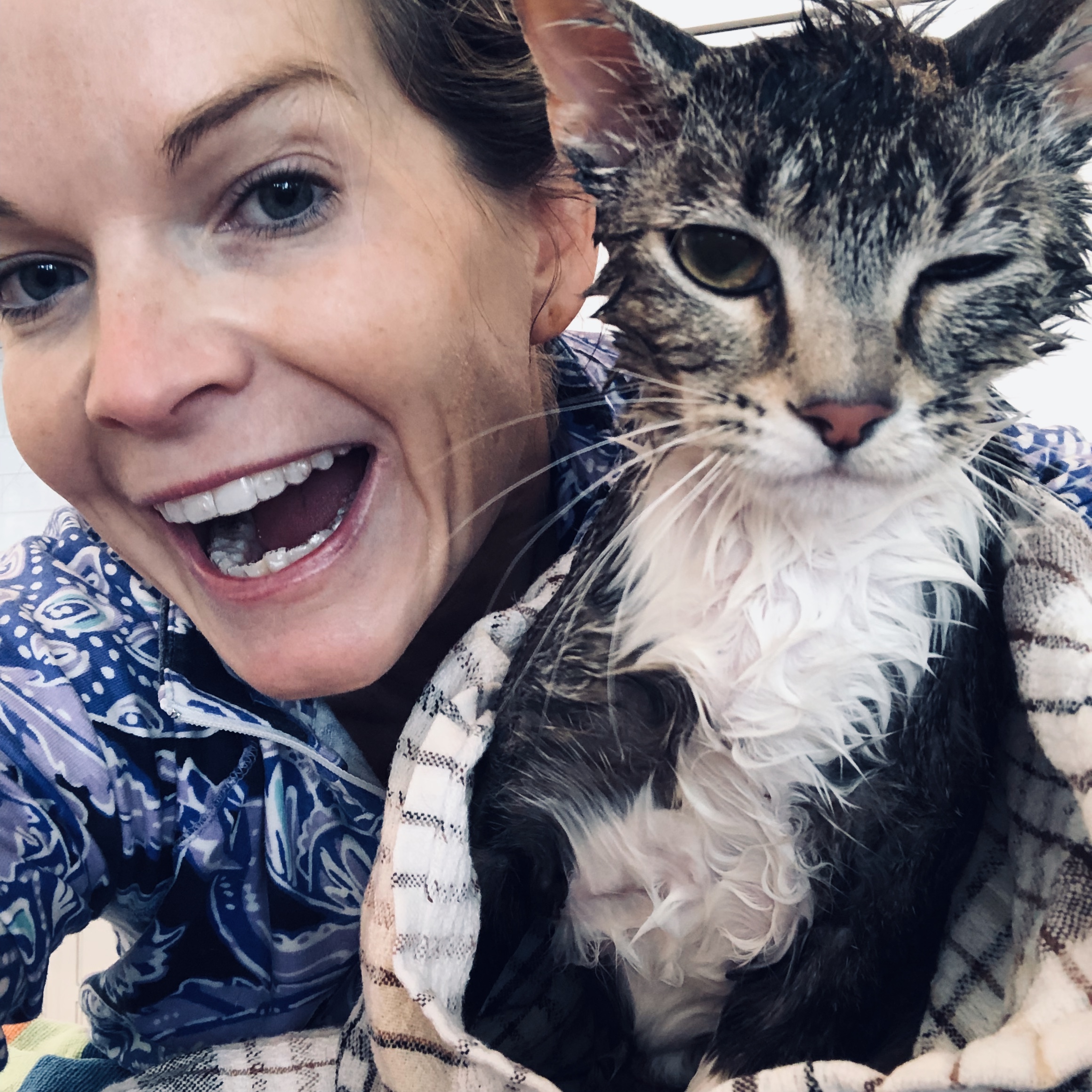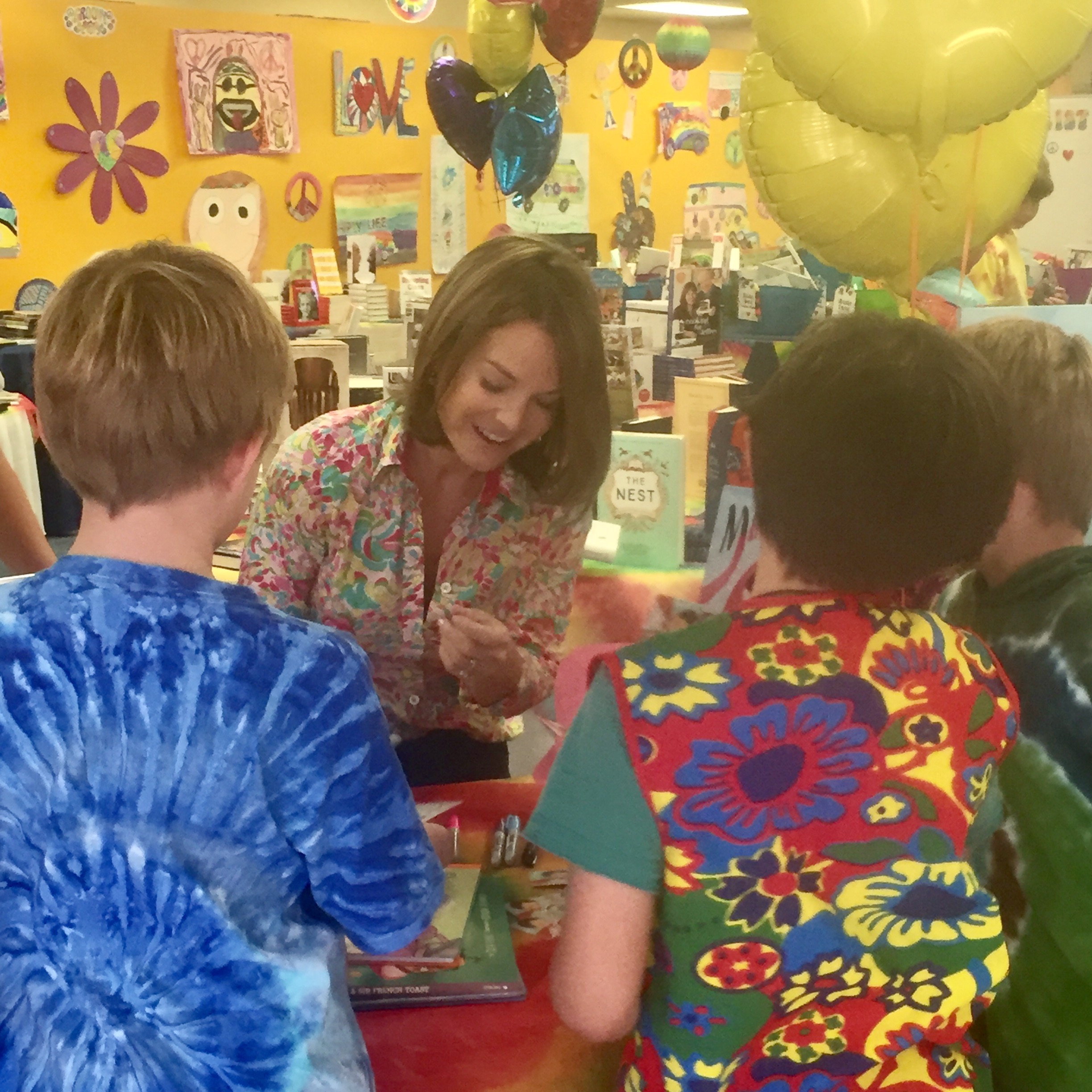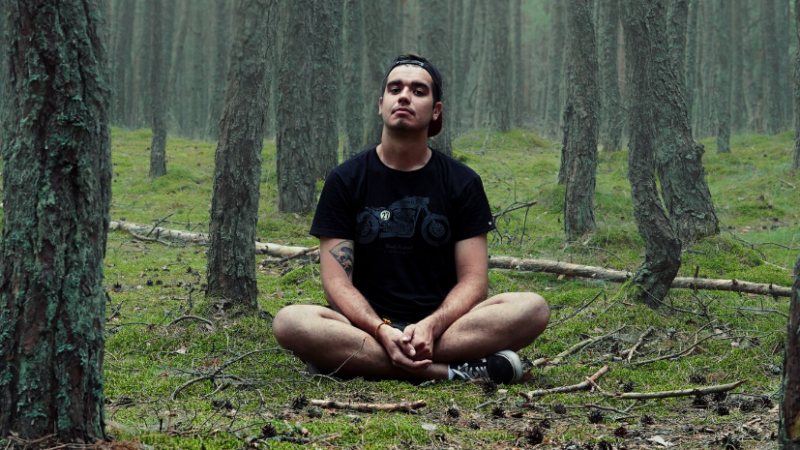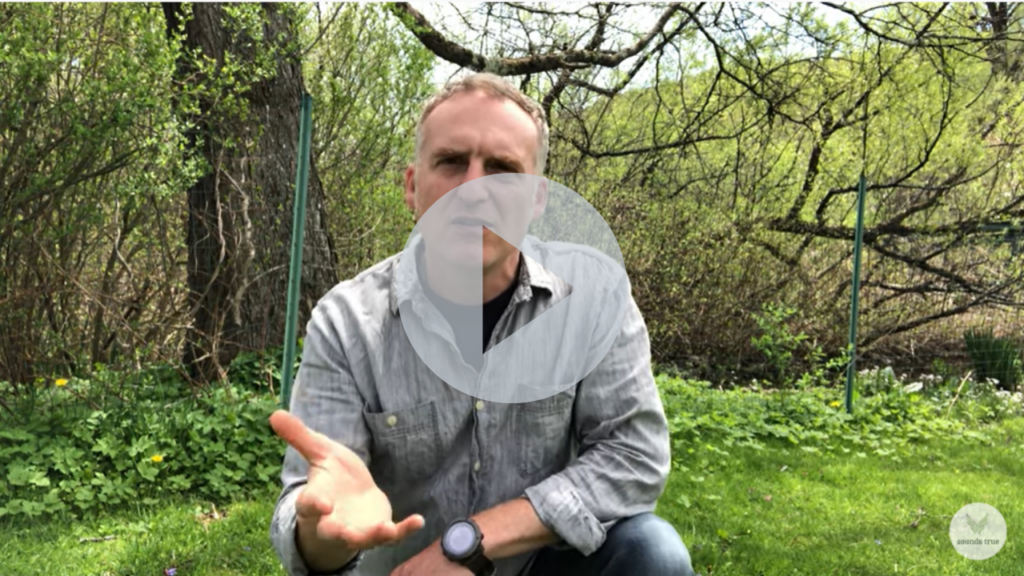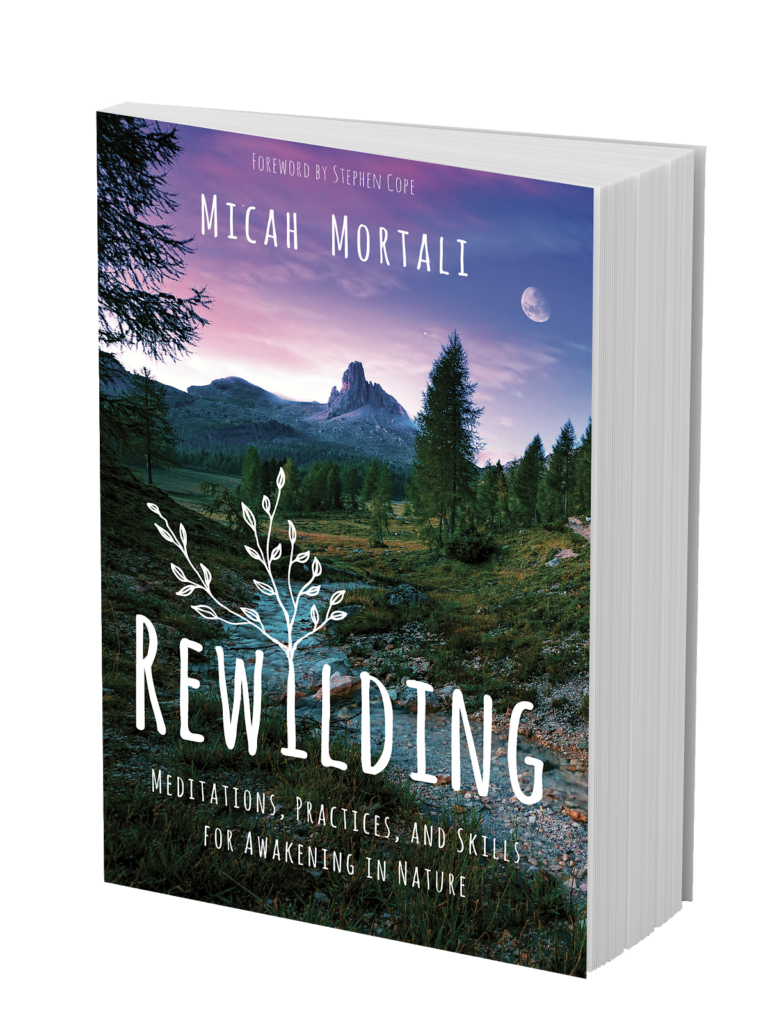
My introduction to the immediate effects of effortless mindfulness in Nepal allowed me to see that I did not need to remain in the East, join a monastery, or practice in a cave to discover the well-being, clarity, and open-hearted awareness that were already within me. I returned to the United States to continue to train with eyes open in the midst of my day-to-day life.
I have no doubt, as I look back now, that it was the natural compassion of open-hearted awareness revealed by effortless mindfulness that propelled me to pursue a second master’s degree in clinical social work. As I felt a deeper connection to everyone, I wanted to train for a life of service to those most in need. I also got sober, went to weekly psychotherapy, continued psychotherapist training, and got married to the love of my life, Paige. At this time, I was also asked to join the Teachers Council of the New York Insight Meditation Center, where I taught deliberate mindfulness practices. I continued to attend teachings and retreats to develop and deepen my practices and studies with a variety of nondual and effortless mindfulness teachers.
Right after graduate school, I went to work in New York City at the Brooklyn Mental Health Clinic. This was an outpatient community center that provided psychotherapy for people who had been psychiatrically hospitalized or were living in a halfway house and attending a psychiatric day-treatment program. It was during breaks or when clients missed sessions that I began exploring and developing the mindful glimpses found in my book, The Way of Effortless Mindfulness, that are versions of the ancient wisdom practices I learned during my travels.
As I gazed out the window into the open sky from my seventeenth-floor office, I began to explore my own mind to see how suffering was created and relieved. I noticed how identification with a thought, feeling, and parts of my personality collapsed my thinking into a narrow perception of both myself and others. I practiced shifting my awareness from a contracted small self to a new way of seeing and being, which was more open-minded and open-hearted. I also noticed how, when I intentionally separated awareness from thinking, I could awaken to an already spacious and interconnected view that was free of a deep kind of suffering.
For example, if I was feeling upset, I would acknowledge my feelings and shift awareness out of the cloud of stormy emotions and then, from this open mind and open heart, return to the emotions with a new view. This brought such relief and joy! It was like emerging from a dark tunnel to a beautiful view, except I was not only seeing the view. It was as if I were viewing from an open, quiet, loving intelligence that was connected to everything. How could this freedom be so close and yet so hidden from most people’s day-to-day experience? How was it that despite all the progress humanity has made in other areas—like medicine, communication, and technology—that shifting into awake awareness was not something that was recognized and taught to everyone?
I approached these explorations of the anatomy of awareness with curiosity and wonder. It was exciting to experiment and reverse-engineer practices from the wisdom traditions I had studied in India, Sri Lanka, and Nepal. One of the approaches to awakening that I draw from, Sutra Mahamudra, originated in North India. It is a tradition that is like a bridge between the three main traditions of Buddhism: Theravada, Mahayana, and Vajrayana (Tibetan). One reason I was drawn to it is that it focuses on practices for everyday people, not just monastics, to awaken in the midst of their daily life. One of my teachers, Dzogchen Ponlop Rinpoche, wrote that Sutra Mahamudra “is seen as a profound method because it does not require any of the sophisticated and complex tantric rituals, deity yoga visualization practices, or samayas [vows]. Sutra Mahamudra has a tradition of skillful means that contains profound methods of directly pointing out the selfless and luminous nature of mind.” I began to try to translate ancient practices I had learned from many teachers and texts into accessible, contemporary language and forms. I checked in with teachers such as Traleg Rinpoche to make sure the practices were staying true to the essence of the teachings as I translated them. I also began to notice that if I remained receptive, it was as if awake awareness started showing me the anatomy and principles of awakening. I started calling these contemporary versions of ancient wisdom practices “Brooklyn Mahamudra.”
This is an excerpt from The Way of Effortless Mindfulness: A Revolutionary Guide for Living an Awakened Life by Loch Kelly.

 Loch Kelly, MDiv, LCSW, is a leader in the field of meditation and psychotherapy. He is author of the award-winning Shift into Freedom and founder of the Open-Hearted Awareness Institute. Loch is an emerging voice in modernizing meditation, social engagement, and collaborating with neuroscientists. For more, visit lochkelly.org.
Loch Kelly, MDiv, LCSW, is a leader in the field of meditation and psychotherapy. He is author of the award-winning Shift into Freedom and founder of the Open-Hearted Awareness Institute. Loch is an emerging voice in modernizing meditation, social engagement, and collaborating with neuroscientists. For more, visit lochkelly.org.






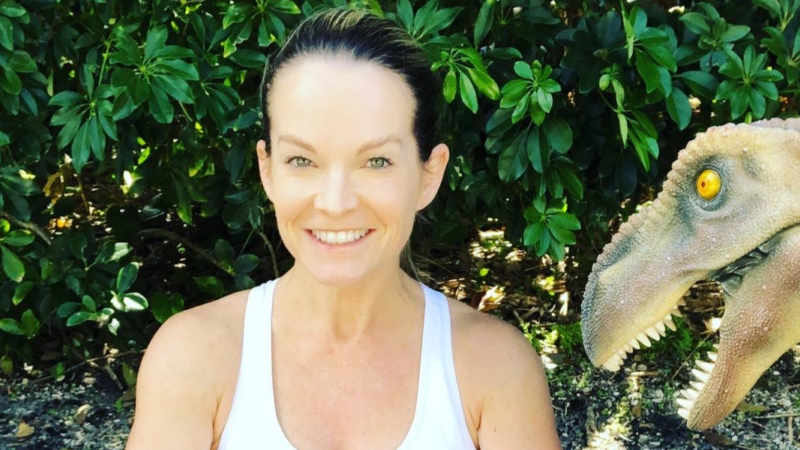
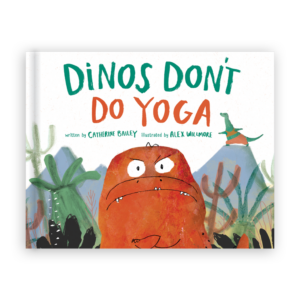 The Book
The Book
